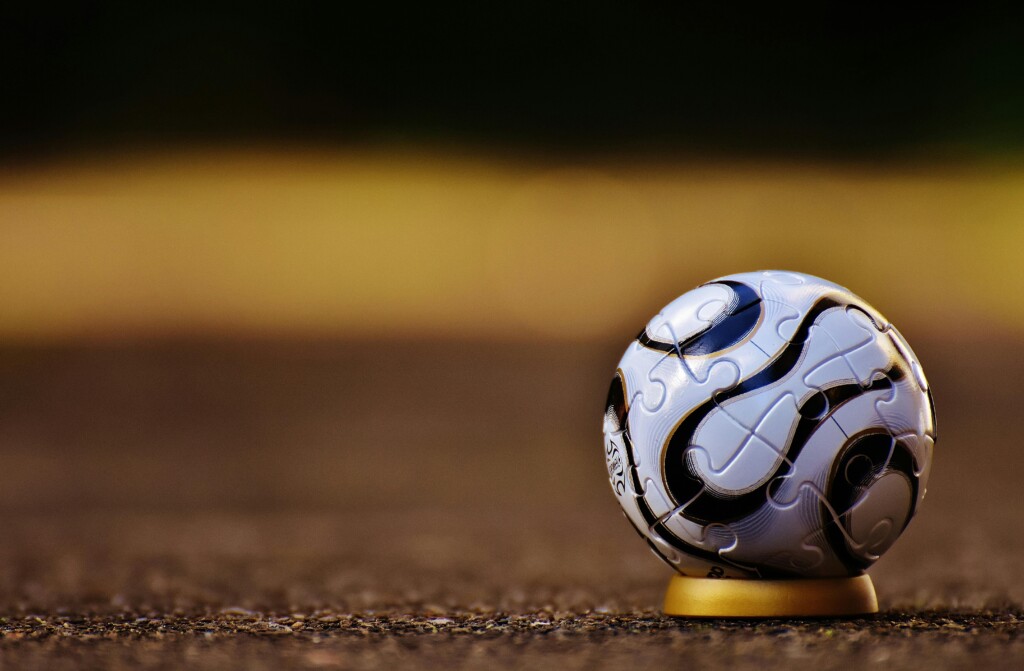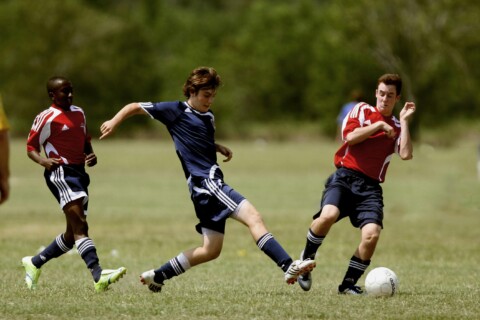As modern soccer evolves, understanding key defensive setups becomes crucial for teams aiming to dominate the pitch. With the game becoming faster and more tactical, managers are constantly refining their approaches to stifle opposition attacks while maintaining a robust framework at the back. This article delves into some of the most effective defensive setups used by contemporary teams.
The Flat Back Four
One of the most widely adopted formations in modern soccer is the flat back four. It consists of two central defenders flanked by a left-back and a right-back. This setup provides a balanced defensive line that can adapt to various attacking strategies from opponents.
| Position | Role |
|---|---|
| Central Defenders | Main responsibility of marking strikers and blocking central channels. |
| Fullbacks | Responsible for defending against wingers and providing width in attack. |
Three-Man Defense
Another prominent defensive configuration is the three-man defense. This setup consists of three central defenders who form a compact defensive triangle. Often supported by wing-backs, this formation allows for fluid transitions between defense and attack.
Key advantages include:
- Enhanced central defensive solidity.
- Encourages wing-backs to contribute to both defense and attack.
- Facilitates easy transitions to different in-game formations.
For more detailed insights on defensive setups and strategies, visit soccersquads.net, your go-to resource for everything soccer-related.
Exploring these formations reveals how teams can remain defensively sound while allowing creative freedom upfront. Tactical flexibility and understanding will define the future successes on the soccer field.
The Double Pivot
The double pivot is another key defensive setup gaining traction in modern soccer. This strategy leverages two central midfielders who sit deep to protect the backline and disrupt the opposition’s playmaking efforts. These midfielders work cohesively to balance defense and transition into attack, offering both defensive solidity and offensive support.
| Player Role | Responsibilities |
|---|---|
| First Pivot | Primarily helps shield the defense and intercept passes. |
| Second Pivot | Combines defensive duties with initiating attacks by pushing forward when possible. |
The Sweeper Keeper
The sweeper-keeper is a modern adaptation of the traditional goalkeeper role. This player not only guards the goal but also acts as an extra defender, rushing out of the penalty area to intercept through balls and start counter-attacks. The sweeper keeper is pivotal in formations that emphasize high pressing and a high defensive line.
- Increased defensive coverage as the keeper can clear long balls behind the defense.
- Enhanced ability to launch quick counter-attacks.
- Supports a higher defensive line, often used in very aggressive tactics.
Implementing Combined Strategies
Modern soccer defensive setups often involve blending various strategies to create a more robust and adaptable defense. Managers might switch between a flat back four and a three-man defense mid-game or use a double pivot to bolster the defense while maintaining a dynamic attacking strategy.
By embracing these strategies and continuously adapting, teams can find a defensive setup that fits their squad’s strengths and counter their opponents effectively. For further in-depth analysis on innovative soccer strategies, check out soccersquads.net.
By capitalizing on the strengths of individual players and the collective unit, teams can strike a balance that keeps them competitive throughout different phases of the game. Understanding and applying these setups not only enhances a team’s defensive capabilities but also augments their overall tactical proficiency.






